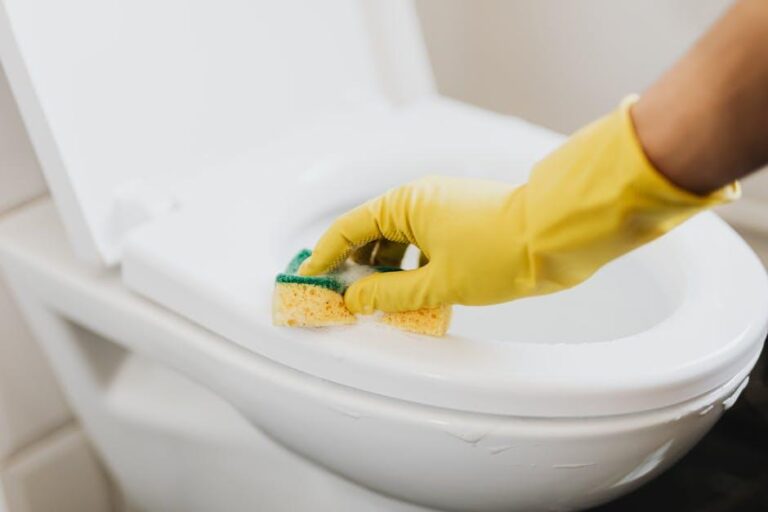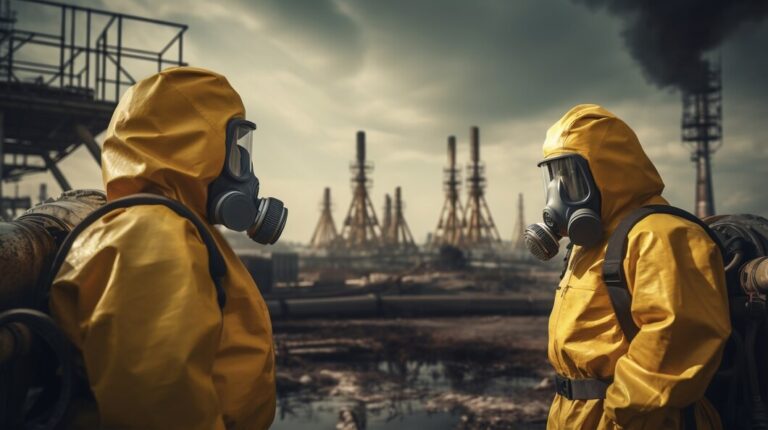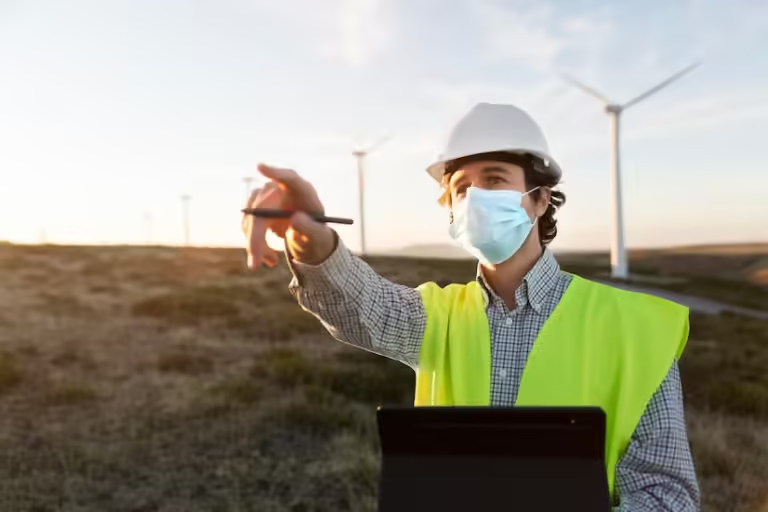The Ultimate Guide to Biohazard Remediation: Everything You Need to Know
Dealing with a biohazard situation requires more than just a deep cleaning. It calls for specialized skills and knowledge.
Biohazard remediation removes dangerous contaminants that pose risks to human health. Biohazard situations demand urgent attention. This is whether it’s the result of a crime scene, hoarding, unattended death, or infectious disease outbreak.
If you’re new to biohazard remediation, this guide will walk you through everything you need to know. Our discussion can span from cleanup processes to compliance requirements.
So, if you are curious about this topic, this article is for you!
Read on!
What Is Biohazard Remediation?
Biohazard remediation involves cleaning, sanitizing, and deodorizing areas contaminated by biological substances. This can include:
- blood
- bodily fluids
- human waste
- chemicals
These materials can pose serious health risks, including the spread of infectious diseases. This is why trained professionals must handle the remediation.
When Is Biohazard Remediation Necessary?
Emergency cleanup services may be required during exposure to bloodborne pathogens. This goes the same with exposure to chemical spills. These cases cannot be managed with conventional cleaning.
Biohazard situations can arise in several circumstances. This can include:
- crime scenes
- trauma incidents
- hoarding
- industrial accidents
- exposure to infectious diseases
The Role of Professional Biohazard Cleaners
Handling a biohazard situation involves more than just removing visible contamination. Professional biohazard cleaners are trained to:
- follow stringent safety protocols
- wear PPE
- use advanced cleaning products
All these can help ensure the space is fully decontaminated. These experts are also equipped to handle specialized tools. This can help ensure a thorough cleanup and safe disposal of hazardous materials.
The Importance of Biohazard Waste Management
Proper biohazard waste management is crucial during remediation. This includes the collection, transportation, and disposal of contaminated materials following:
- federal regulations
- state regulations
- local regulations
Mishandling biohazard waste can lead to:
- fines
- environmental hazards
- health risks
Only trained professionals with knowledge of hazardous waste disposal protocols should handle biohazardous materials.
Steps Involved in Biohazard Remediation
The process of biohazard remediation involves several crucial steps. Such steps help ensure that hazardous materials are safely removed. It also helps ensure that the area is properly decontaminated.
Assessment
The first step is a thorough assessment of the situation. This is where and when trained professionals check the extent of contamination. They will identify the biohazards present. This helps determine the proper procedures and equipment needed for a safe cleanup.
Containment
Next, containment is established. This helps prevent the spread of harmful substances to other areas. This often involves sealing off the affected space. It also means using air filtration systems to control the flow of airborne contaminants.
Removal
Once the area is secured, the removal of hazardous materials begins. This step requires professional biohazard cleaners to handle contaminated items carefully. This step helps follow local and federal regulations.
Cleaning & Decontamination
After removal, the team proceeds with cleaning and decontamination using specialized cleaning agents. This includes EPA-approved disinfectants that eliminate pathogens and biohazards.
Disposal
Finally, after the decontamination process, the proper disposal of biohazardous waste is conducted. Guidelines are followed for safe transportation and disposal of hazardous materials. These are sent to certified disposal facilities.
Throughout the process, professionals use PPE. This can help safeguard themselves and prevent cross-contamination. Together, these steps ensure that the area is not only clean. It means that it is also safe for future use, meeting all regulatory and safety compliance standards.
The Role of Decontamination Services
Decontamination services go beyond surface-level cleaning. This helps ensure that harmful pathogens, bacteria, and viruses are fully eradicated. Decontamination services help restore spaces to safe conditions. This is whether it’s due to an infectious disease outbreak or a hazardous spill.
These services are particularly vital for:
- hospitals
- laboratories
- other settings
This is when and where pathogens may be present.
Biohazard Remediation for Crime Scenes
In the aftermath of a crime scene, biohazard remediation is often required. This helps clean and sanitize the affected area. Blood and bodily fluids can carry pathogens that pose a risk to public health.
Emergency cleanup services ensure that the scene is restored safely. They do this while adhering to legal standards.
Choosing the Right Biohazard Cleaning Services
When selecting biohazard cleaning services, it’s important to work with experienced professionals. Companies that employ certified and well-trained staff are better equipped. They can handle the complexities of biohazard remediation.
For example, certified biohazard cleanup experts in Idaho or other experts near you are trained to follow state-specific guidelines. They can then respond quickly to emergency situations.
Emergency Cleanup Services: Why Time Matters
Speed is critical in biohazard situations. Emergency cleanup services are available 24/7 to address urgent issues like:
- traumatic events
- chemical spills
- infectious disease contamination
The quicker the response, the lower the risk of exposure to hazardous materials. This helps prevent the spread of infection and other risks associated with biohazards.
Importance of Personal Protective Equipment (PPE)
When it comes to biohazard remediation, using the right PPE is essential. This helps ensure the safety of the cleaning technicians. PPE includes items such as:
- gloves
- goggles
- masks
- hazmat suits
- respirators
This helps protect the individual from exposure to dangerous biological and chemical agents. Certified biohazard professionals are trained to use PPE effectively. Thus, minimizing the risk of contamination during the remediation process.
Biohazard Remediation in Residential Settings
- Biohazard situations aren’t limited to industrial or commercial environments. Residential settings may also require remediation. This can include:
- hoarding situations
- unattended deaths
- the presence of mold and infectious diseases
Professional biohazard cleaners can help ensure these areas are thoroughly cleaned. They remove any potential health hazards and restore the home to a safe living condition.
Homeowners can rely on biohazard cleaning services. This is because they can manage these sensitive and complex situations effectively.
Learn More About Biohazard Remediation
Biohazard remediation is a specialized field. It requires the expertise of trained professionals to manage dangerous contaminants.
Professional biohazard cleaning services play a vital role. They help restore spaces to safe, livable conditions.
Hiring experienced experts for decontamination services is the best way. This is whether you’re facing a minor spill or a major contamination.
If you want to read more topics, visit our blog. We do have more!







